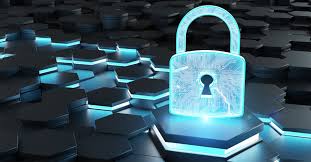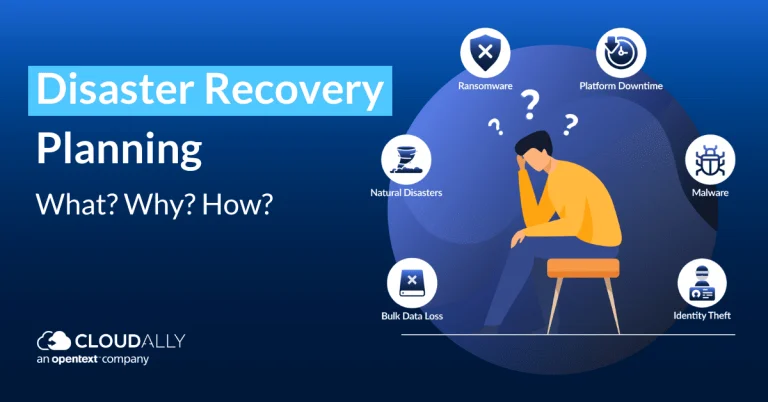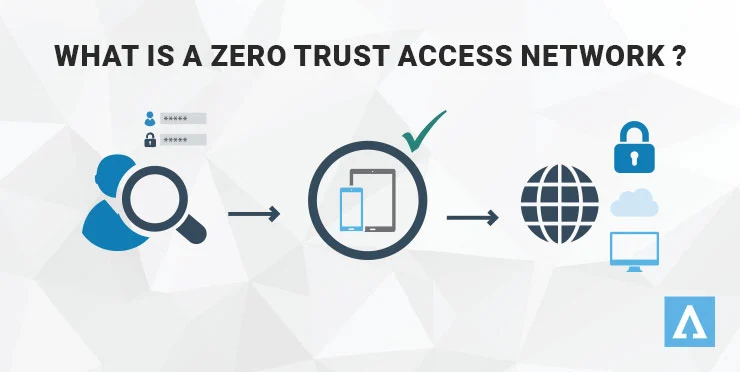What are the Seven Layers of Cybersecurity?
As a small- or medium-sized business (SMB) owner, it is crucial to be aware of the risks and vulnerabilities of running a modern business. Although you might already have some security measures to protect against cyber threats, it is essential to understand that numerous aspects of IT security must be considered to secure your SMB fully. By proactively addressing these potential security gaps, you can safeguard your business against threats and ensure uninterrupted operations. Denver IT Support experts specializes in protecting your business from serious cyber threats.
This article will explore the top seven layers of cybersecurity that small businesses should implement.
Top 7 Seven Layers of Cybersecurity
Human Layer
The human element is the weakest link in network security. That’s why it’s essential to have robust security measures that educate and train all network users, including employees, contractors, and customers. Cyberattacks often exploit human vulnerabilities such as human error, negligence, and ignorance. To protect your network, you must provide comprehensive training on identifying and avoiding potential threats. This can include measures like phishing awareness training, multi factor authentication, and password management.
By implementing strict access controls, you can protect this layer by ensuring only authorized personnel can access sensitive data and systems. This added security layer can help prevent unauthorized access attempts and safeguard against potential security breaches.
Perimeter Layer
Perimeter security is essential to ensure your network is protected from unauthorized access. By controlling access through routers and gateways, it helps to secure the boundaries of your network. The primary objective of perimeter security is to prevent any unauthorized access, protect your network from external threats, and keep your data safe and secure.
In addition, you can protect your network with powerful firewall settings, enforced VPN for remote access, data encryption, real-time network monitoring, secure devices, and vulnerability management. Gain complete control over who can access your network and protect your data from cyber threats.
Network Layer
The network layer controls access to your system and governs what resources and information can be accessed by authorized users and devices within your network. While the perimeter layer focuses on external threats, the network layer safeguards against internal vulnerabilities and unauthorized access.
To ensure optimal security at this layer, limiting employees’ and devices’ access to only the necessary parts of the network required for their job functions is highly recommended. This approach is beneficial because it helps contain any damage in a security breach. In addition, restricting access limits the impact of a successful cyberattack, as the attacker will only have access to a small portion of the network instead of compromising the entire system.
By implementing this measure, you can effectively mitigate the adverse effects of human errors and potential device breaches.
End Point Layer
Securing your network can be daunting, especially considering the number of devices connected to it. An endpoint refers to any device part of your network, and it is crucial to ensure that each one is secure. With so many devices to manage, robust measures are necessary to protect your network from threats.
End-to-end encryption of every device is a crucial element in this layer of security. Along with this, Mobile Device Management (MDM) plays a pivotal role in endpoint security. By implementing MDM, you can restrict access to any device and manage all the devices remotely, ensuring maximum protection and control.
Data Security Layer
Effective data security measures are essential to safeguard the storage and movement of data, which are prime targets of cybercrime. This layer is the foundation of your company and must be handled with utmost care to protect your organization’s sensitive information.
At this level of security, ensuring the safety of your data requires a multi-layered approach. This includes implementing file and disk encryption, conducting regular backups of all critical data and procedures, employing two-factor authentication, utilizing enterprise rights management, and implementing policies that guarantee data erasure from devices that are no longer in use or are being transferred to another employee.
Application Security Layer
Application security controls provide essential protection against an application’s unauthorized access to your mission-critical assets. These controls guard against external and internal threats to your application and prevent unauthorized access to sensitive data. With the right rules in place, you can ensure the safety and security of your applications and protect your organization from potential security breaches.
One of the most crucial steps to ensure the security of your application is to keep it up to date. This simple action ensures that any known security vulnerabilities are addressed and that the application is as secure as possible.
Physical Security Layer
Physical security is crucial for protecting your business assets. It involves limiting access to areas where your hardware and data are stored and implementing effective security measures to prevent theft. By investing in physical security, you can ensure that your valuable assets are always kept safe and secure.
Enhancing the security of your premises has never been easier with advanced physical measures in place. These measures include state-of-the-art security cameras, high-tech RFID key card door locks, cutting-edge burglar alarms, and on-site security guards to provide an extra layer of protection.
Conclusion
Each layer mentioned in your business’s security system has a specific job to protect your business. However, the overall function of all the layers working together effectively covers any possible loopholes. While it may require significant effort to keep track of all the layers, a dedicated team with the right expertise and tools can manage all aspects of your business’s security system. With the increasing complexity of cyber attacks, having all these layers in place is crucial to ensure your business stays secure at all times.

Hello! Let me enthusiastically introduce myself as a dedicated blogger fueled by an intense passion for meticulously crafting insightful and well-researched blogs. My mission revolves around providing you, dear readers, with a veritable treasure trove of invaluable information.






